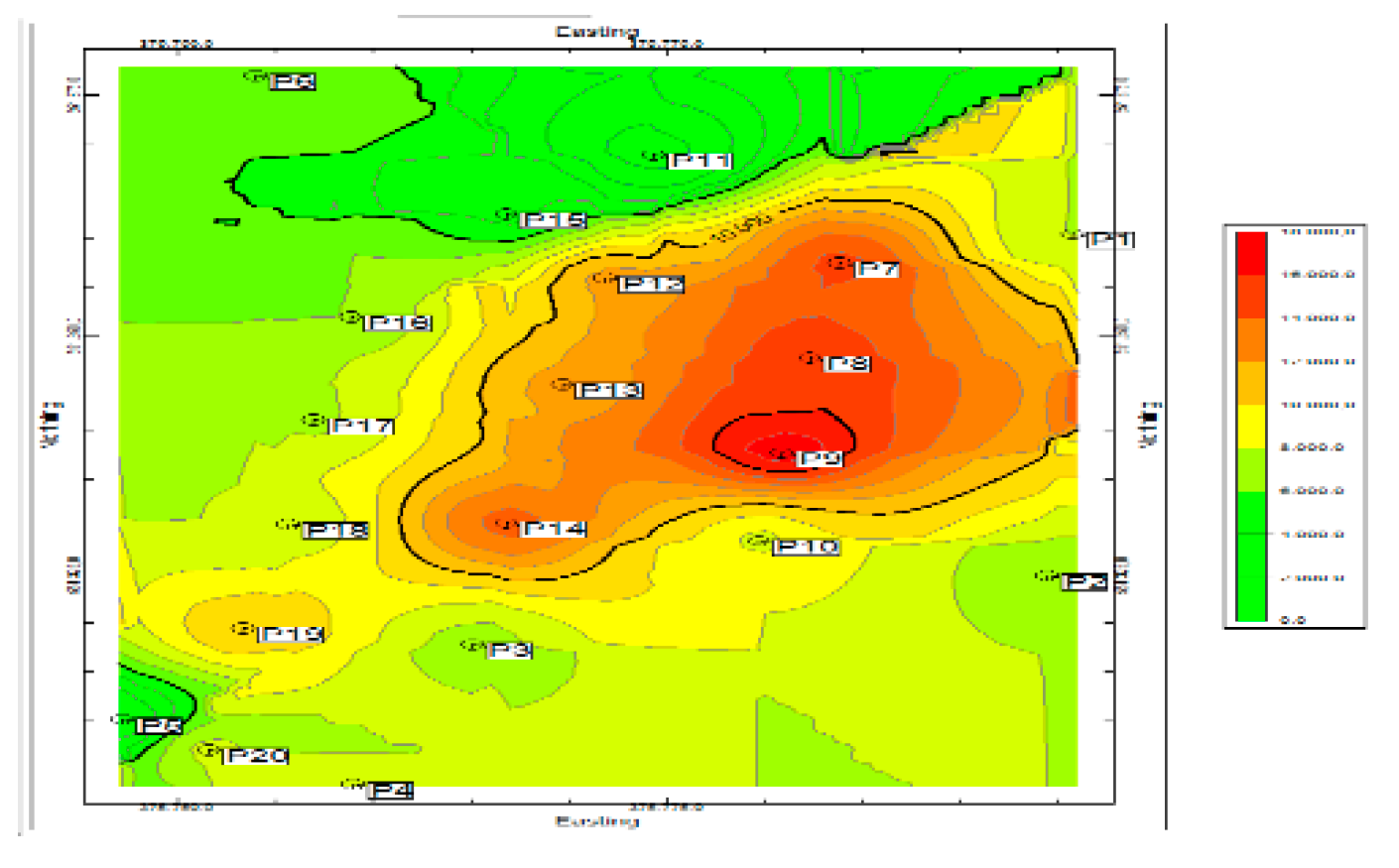Clean Technologies Combining Phytoremediation with Biofuel Production—Part 1 †
References
- Pichtel, J. Oil and Gas Production Wastewater: Soil Contamination and Pollution Prevention. Appl. Environ. Soil Sci. 2016. [Google Scholar] [CrossRef]
- Padmavathiamma, P.K.; Ahmed, M.; Rahman, H.A. Phytoremediation-A sustainable approach for contaminant remediation in arid and semi-arid regions—A review. Emir. J. Food Agric. 2014, 26, 757–772. [Google Scholar] [CrossRef]
- Meehan, M.A.; Sedivec, K.K.; DeSutter, T.; Augustin, C.; Daigh, A. Environmental Impacts of Brine (Produced Water); NDSU: Fargo, ND, USA, 2017. [Google Scholar]


Publisher’s Note: MDPI stays neutral with regard to jurisdictional claims in published maps and institutional affiliations. |
© 2019 by the authors. Licensee MDPI, Basel, Switzerland. This article is an open access article distributed under the terms and conditions of the Creative Commons Attribution (CC BY) license (http://creativecommons.org/licenses/by/4.0/).
Share and Cite
Cracica, A.; Paraschiv, M.; Dumitrescu, E.; Barbu, G.; Visoiu, R.; Vladimirescu, A.; Muresan, D. Clean Technologies Combining Phytoremediation with Biofuel Production—Part 1. Proceedings 2019, 29, 112. https://doi.org/10.3390/proceedings2019029112
Cracica A, Paraschiv M, Dumitrescu E, Barbu G, Visoiu R, Vladimirescu A, Muresan D. Clean Technologies Combining Phytoremediation with Biofuel Production—Part 1. Proceedings. 2019; 29(1):112. https://doi.org/10.3390/proceedings2019029112
Chicago/Turabian StyleCracica, Ana, Maria Paraschiv, Elena Dumitrescu, Gratiela Barbu, Ramona Visoiu, Andreia Vladimirescu, and Daniela Muresan. 2019. "Clean Technologies Combining Phytoremediation with Biofuel Production—Part 1" Proceedings 29, no. 1: 112. https://doi.org/10.3390/proceedings2019029112
APA StyleCracica, A., Paraschiv, M., Dumitrescu, E., Barbu, G., Visoiu, R., Vladimirescu, A., & Muresan, D. (2019). Clean Technologies Combining Phytoremediation with Biofuel Production—Part 1. Proceedings, 29(1), 112. https://doi.org/10.3390/proceedings2019029112



